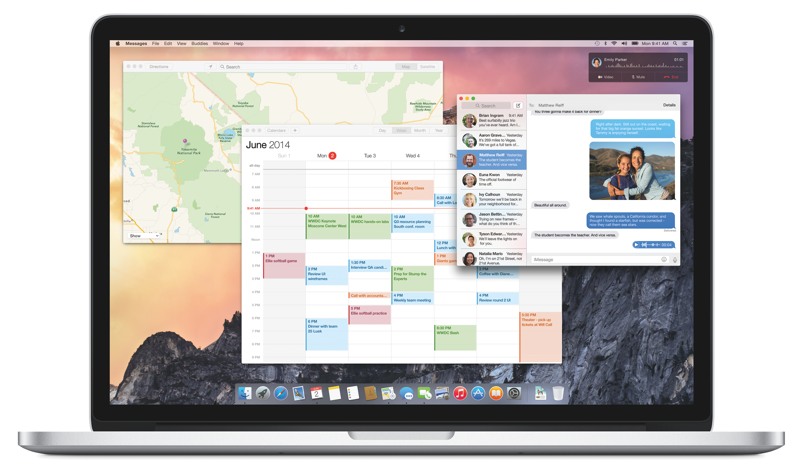

Really old files from the Mac Plus get relayed to the Quadra via LocalTalk and from there to the Cube via ethernet. With this set of machines I can read and copy files from nearly any Mac generation and common storage format – floppy disk, hard drive, Zip and Jaz, MO cartridges, etc. The Cube also contains a shared folder within which I copy the elements for file transfer and conversion work – original files, intermediate stages, and final versions. Some of this is installed on the other workhorse machines – the Mac Plus, Quadra 840av, and WallStreet PowerBook – with the remainder accessible when needed.

The Cube contains my repository of pre-OS X Classic Mac software, over 7 GB worth of vintage word processors, graphics programs, database software, and utilities. Newer Macs see the share via Bonjour, and older Macs can access things using AppleShare IP by entering the server’s address in the Chooser. You need to enable File Sharing on the Tiger-based system and then assign it a static IP address on your network. Tiger is a good OS to use for a mixed-generation fileserver of this kind: Its version of AppleShare can communicate with versions of the Mac OS from System 7.5.3 through Mac OS X 10.6 Snow Leopard! The Vintage Mac Museum Cube runs Mac OS X 10.4.11 Tiger and serves as the central file server for Oakbog and the Museum. The Cube was discounted several times, then finally discontinued after a one-year run.Īpple got the small headless Mac tradeoff right a few years later with the Mac mini, itself one-third the size of the Cube with more power at a lower cost. However, limited expansion capability and a premium price led to slow sales as users felt bang for the buck was lacking. The Power Mac G4 Cube is 8″ tall and passively cooled (like the slot-loading G3 iMacs) for nearly silent operation – fans are a longstanding peeve of Steve Jobs. His second attempt for Apple fared similarly, but it has obtained collector status due to the beauty and novelty of the design. He first designed one for NeXT, a big black box that was an aesthetic marvel but a commercial failure. Rounding out my set of vintage Mac workhorses is one of the most iconic designs – and flops – in Macintosh history. Yet not all models were smash hits on arrival. Spanning the transition from Mac OS 9 to Mac OS X and providing good value for the money, G4-based systems are still in use more than 15 years after the architecture debuted.

The Power Mac G4 was one of Apple’s most successful and longest-running series of machines. Today he shares how he uses his Power Mac G4 Cube running OS X 10.4 Tiger. This is the fourth in a series of articles showing how Adam Rosen uses four vintage Macs to read, recover, convert, transfer, and return files to his clients.


 0 kommentar(er)
0 kommentar(er)
